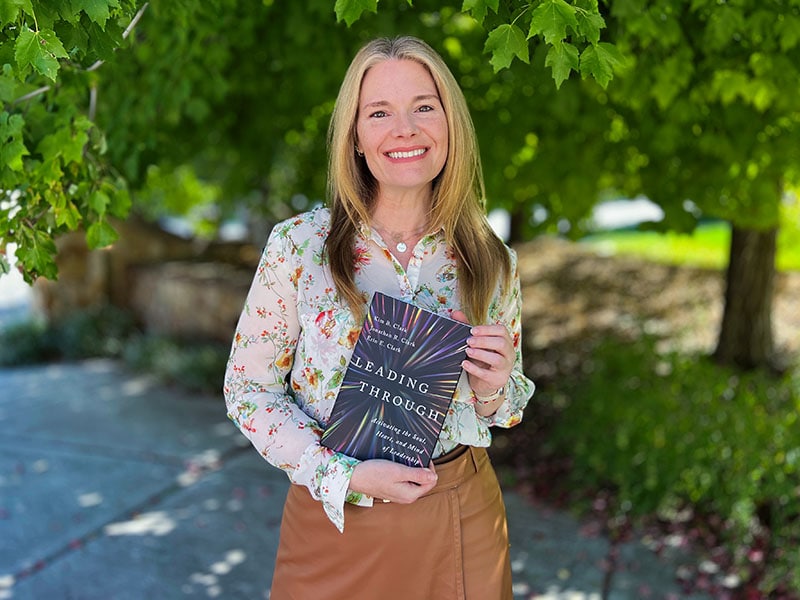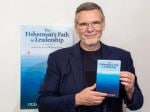Power over leadership stifles human potential: Erin Clark
The author and a managing director with Deloitte Consulting tells us why we need to shift away from the legacy paradigm that prioritises control over people
 Erin E Clark is a Author and Managing director with Deloitte Consulting, Human Capital
Erin E Clark is a Author and Managing director with Deloitte Consulting, Human Capital
Erin E Clark is a managing director with Deloitte Consulting, Human Capital and the co-author of Leading Through: Activating the Soul, Heart, and Mind of Leadership. In an interview with Forbes India, she talks about a new leadership model that creates value by permeating the entire organisation and harnessing the power within people. Edited excerpts:
Q. What’s the thinking that guides the Power Over paradigm? Why has it lasted so long?
Power Over is so common that it has become like breathing—automatic, and happening beyond our conscious awareness. It has become so deeply embedded and represents ‘the way things are’ due to three factors that have shaped it.
The first is human tendencies with respect to power—put simply, when granted, we tend to use it over others. Second, in its earliest forms, the proponents of Power Over co-opted the critics, establishing new forms of bureaucracy and control in the name of overcoming its flaws. They made its practices less dangerous but have not fundamentally changed its nature or character. More recently, the prevalence of well-being initiatives is a good example of this—they address valid needs and concerns, but often with additional layers of bureaucracy and control.
Finally, two communities have, and continue to, reinforced the paradigm and its use—the community of executives whose experiences and perceptions have been entirely formed and informed by Power Over and the community of educators and educational institutions that are steeped in Power Over constructs, models, and approaches.

















